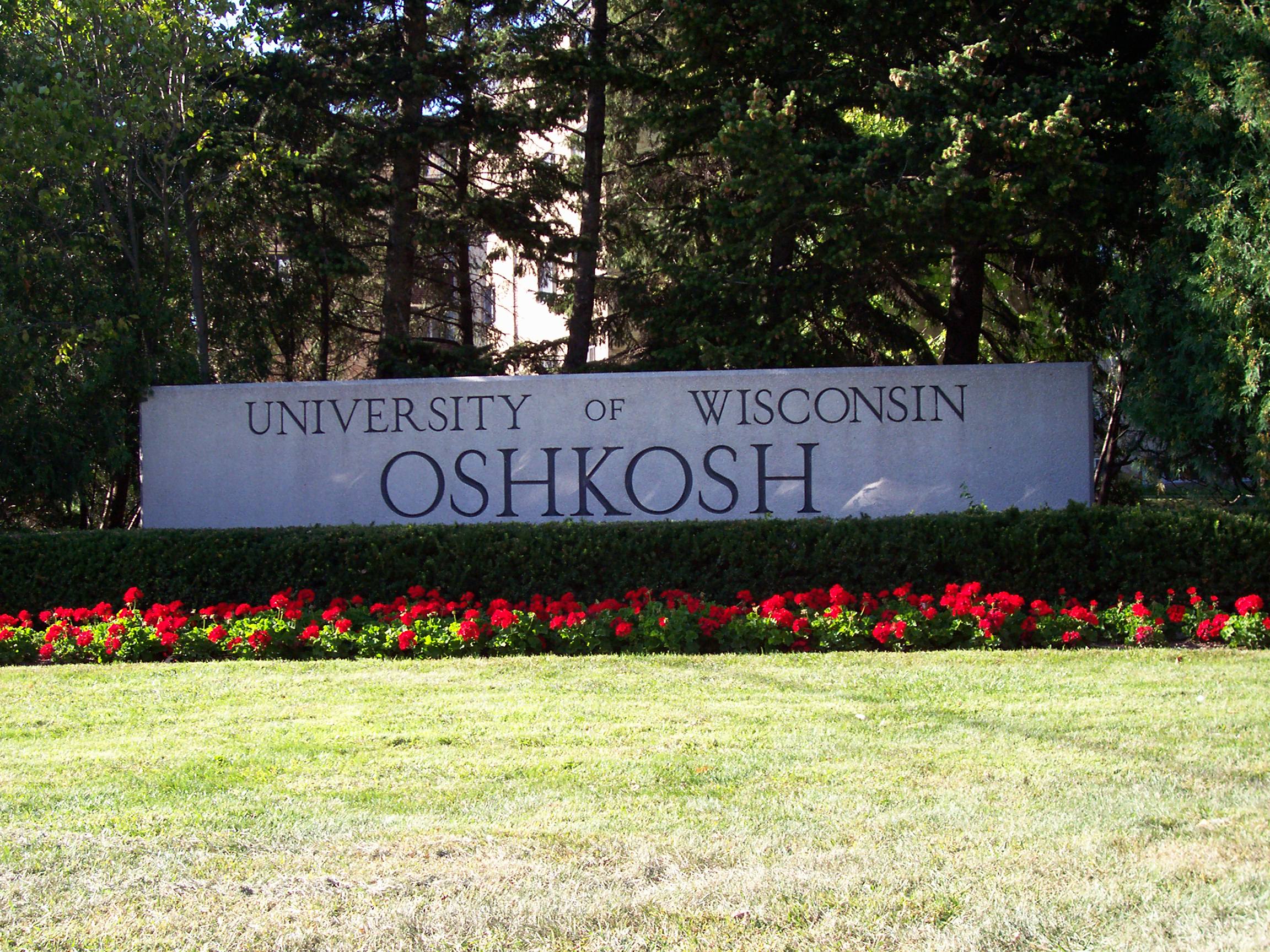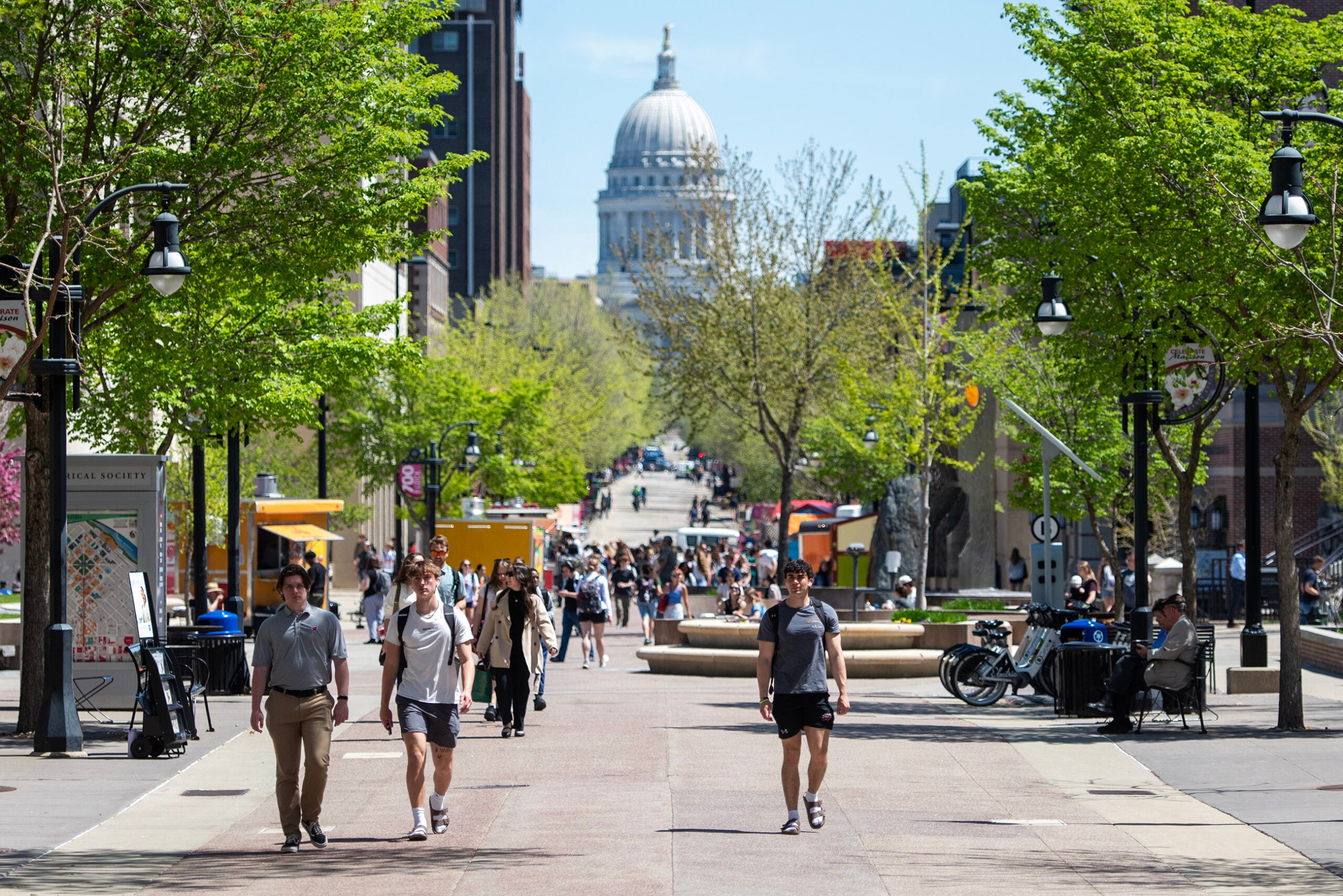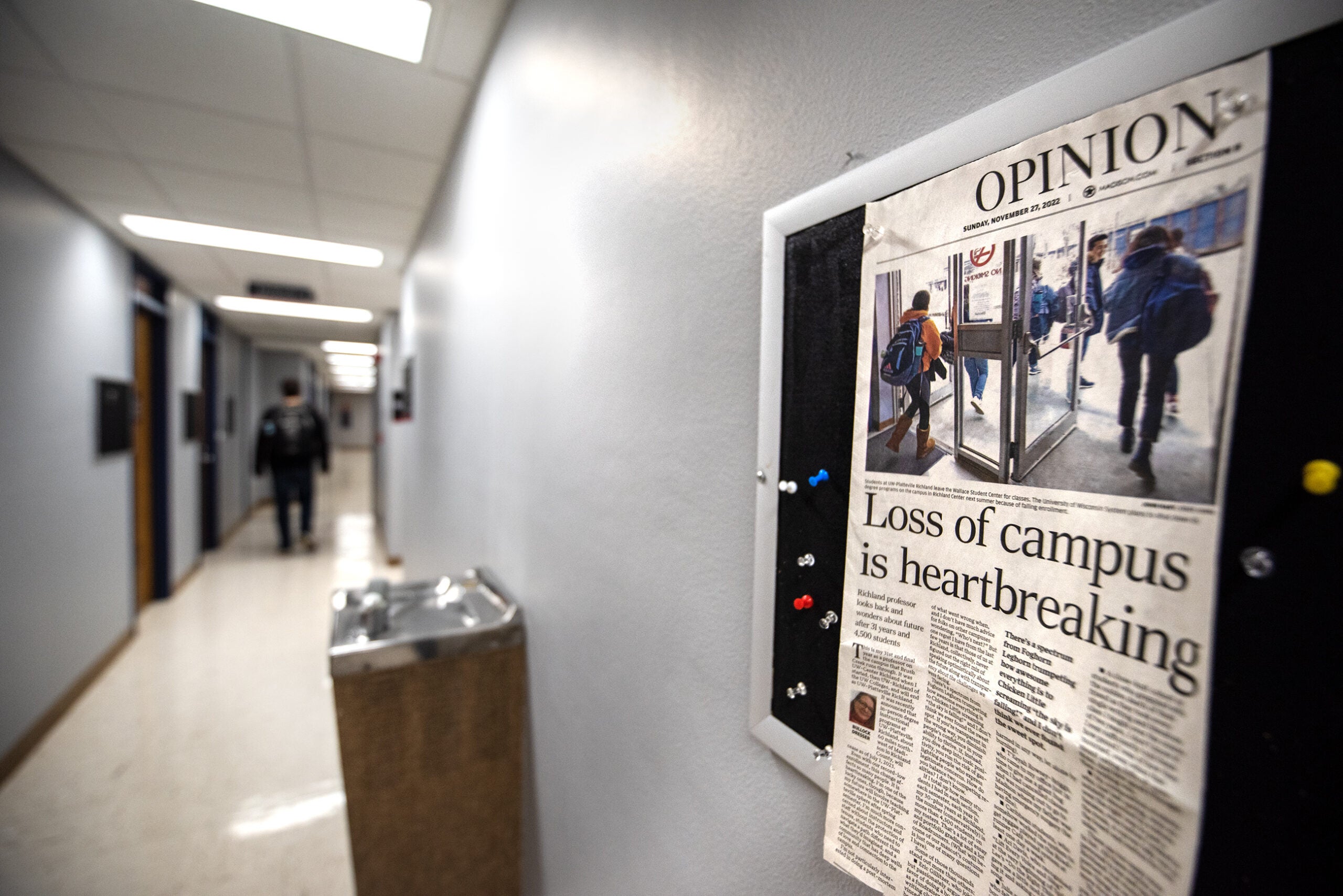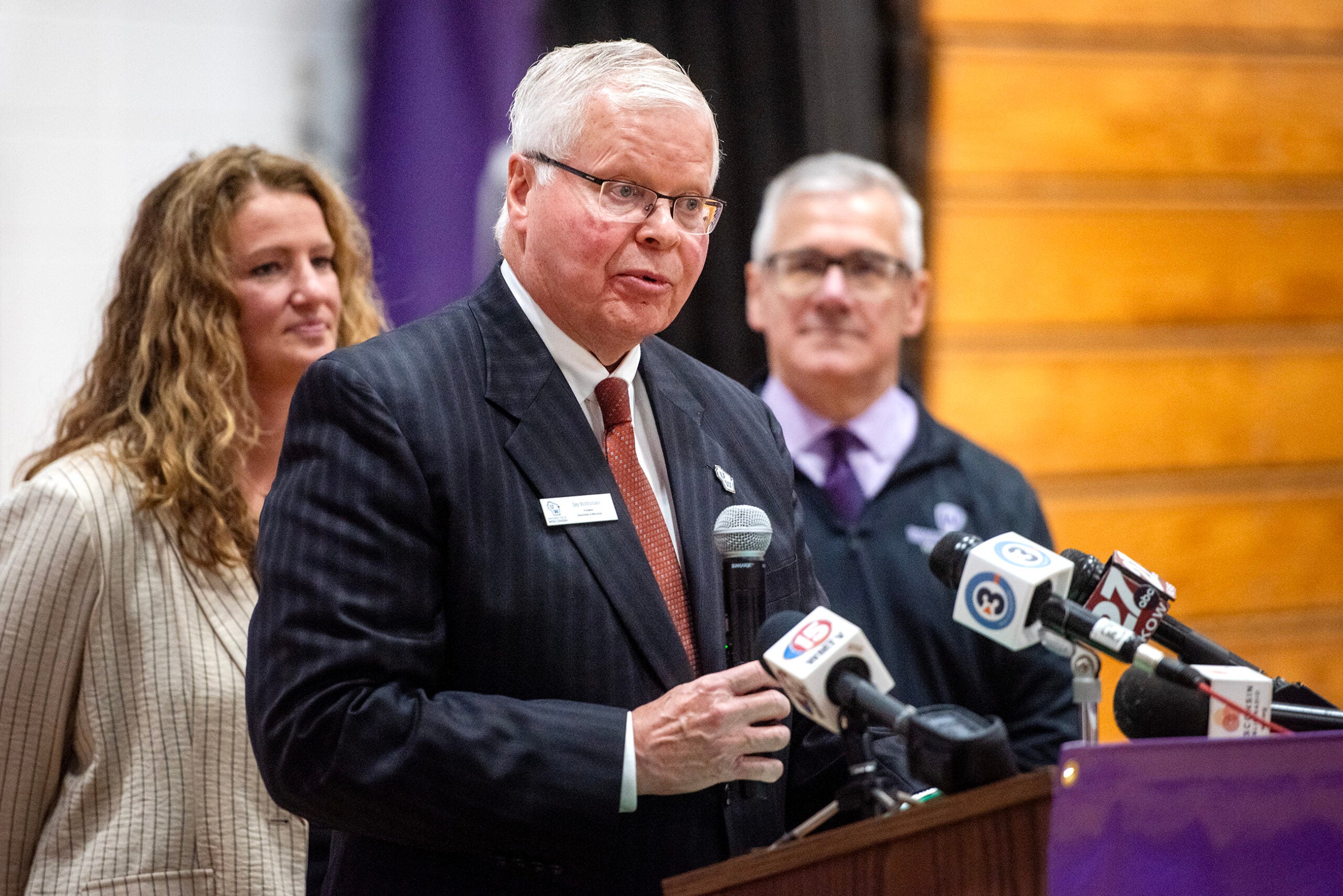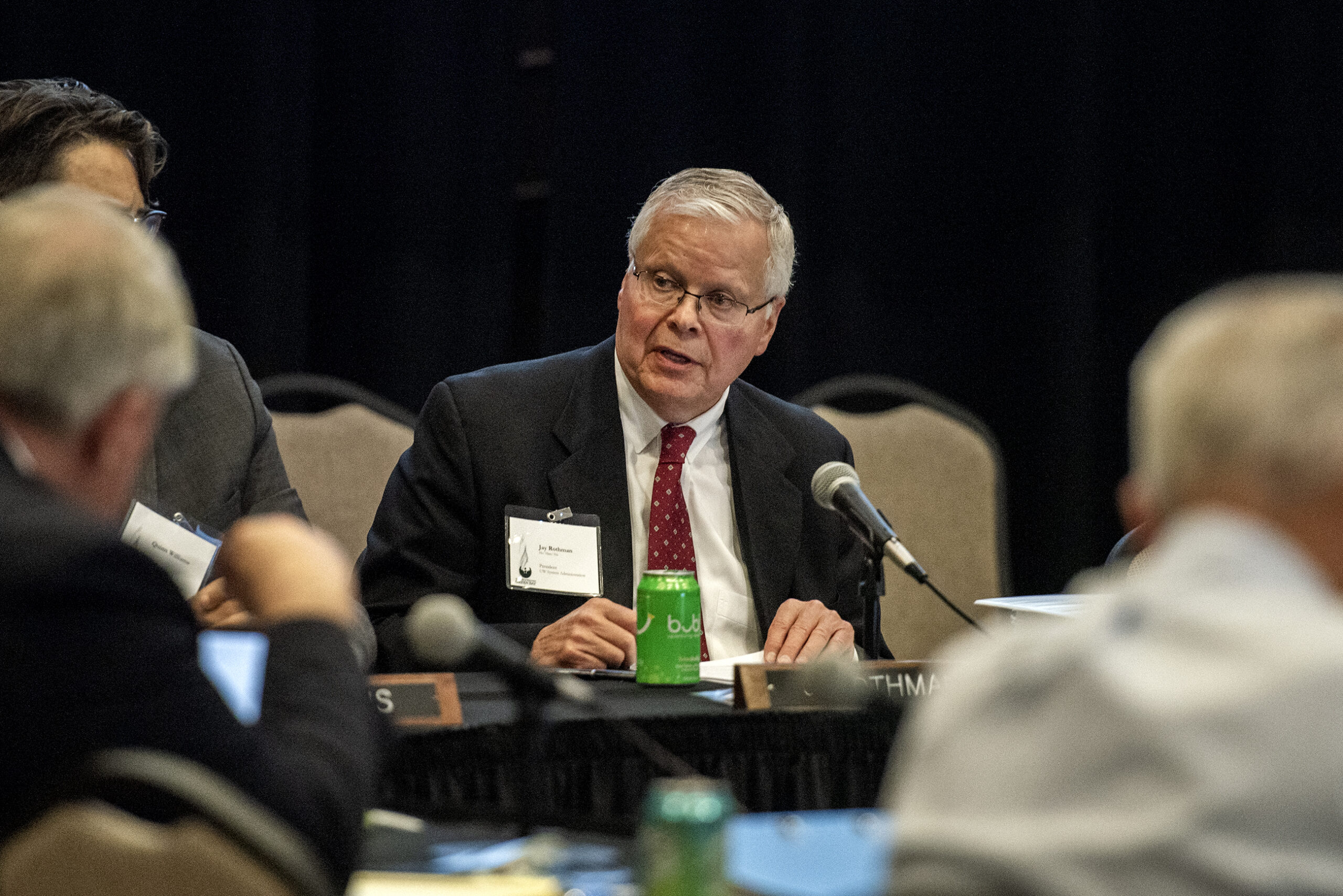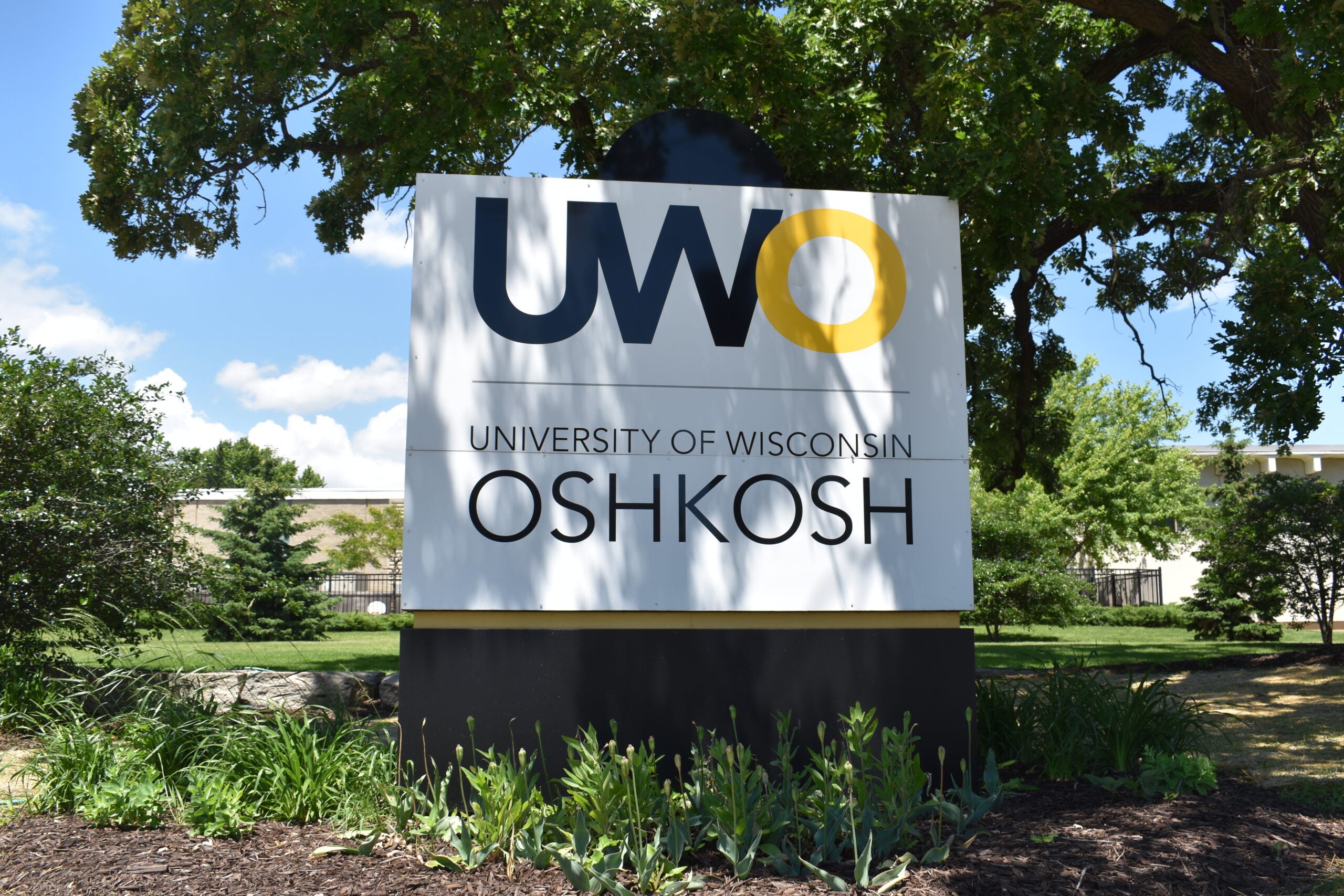Facing an $18 million budget deficit, the University of Wisconsin-Oshkosh plans to cut around 200 staff positions beginning this fall. The announcement follows a decade-long freeze on residential tuition increases and a state budget that includes a potential cut for state colleges.
In an email to employees Thursday, UW-Oshkosh Chancellor Andy Leavitt said the university expects to finish the current fiscal year in the red even after the last of its fund balances are used to fill some of the $18 million budget deficit. He called it an “unprecedented” challenge that will require furloughs, layoffs, retirement incentives and closure of some non-academic programs on campus.
“Our approach faces reality head on, reorganizing and reducing our payroll and expenses while shielding classrooms and student experiences to the fullest extent possible,” Leavitt told WPR.
News with a little more humanity
WPR’s “Wisconsin Today” newsletter keeps you connected to the state you love without feeling overwhelmed. No paywall. No agenda. No corporate filter.
Every employee at UWO will be required to take unpaid days off between September and June 2024. The amount of furloughs required will depend on an employee’s salary level, with higher earners subject to more furlough time.
Leavitt told the campus “layoffs and nonrenewals are unavoidable, with notifications coming later this fall semester.” The goal, he said, is to cut around 200 employee positions, with around 100 currently enrolled in an early retirement incentive program.
The university plans to “review and possibly discontinue any self-supporting programs that do not recover costs,” Leavitt told the campus. He said academic programs would not be targeted.
Deficits and staff reductions are not new for UW-Oshkosh, Leavitt said. Since 2015, the university has reduced its workforce by around 100 employees. That’s the same year Republican state lawmakers and former Gov. Scott Walker passed a state budget cutting $250 million from the UW System. Amid a freeze on residential undergraduate tuition increases imposed by the Legislature, the universities were expected to spend down their fund balances from tuition and other revenues to make up the difference.
Those factors, along with significant and prolonged enrollment declines, have left 10 of the state’s 13 universities with projected deficits of at least $60 million.
The UW Board of Regents approved the first residential tuition increase in a decade this March. Rates will go up around 5 percent for undergraduates from Wisconsin, which is expected to generate around $38 million for the UW System annually.
UW System President Jay Rothman told WPR the current enrollment, political and economic realities are unprecedented, with fewer of Wisconsin’s high school graduates pursuing higher education.
Undergraduate enrollment at UW-Oshkosh has fallen from 10,619 in fall of 2013 to 7,909 in fall 2022, according to a campus spokesperson. At the same time, UW System data shows the number of students attending its two branch campuses in Fond du Lac and Menasha plummeted.
Between 2013 and 2022, UW-Oshkosh’s Fond du Lac campus has lost 449 students, a decline of around 63 percent. The UW-Oshkosh Fox Cities campus has shed 1,155 students, which works out to a decline of 65 percent.
Last fall, Rothman announced the end of classes at UW-Platteville’s branch campus in Richland Center, which had seen enrollment fall to just 60 students. Enrollment at nearly all the state’s remaining branch campuses has fallen significantly during the past 10 years.
“The decline in the number of high school graduates going on to higher education is particularly troubling as we continue to move into a technology driven knowledge economy,” Rothman said. “Wisconsin’s participation rate is the lowest among our border states, and that does not bode well for the future of Wisconsin.”
Rothman said now is the time to be “investing more, not less” in recruiting students to state colleges and universities.
With Wisconsin going into the most recent budget cycle with a projected $7 billion surplus, the UW System Board of Regents requested a budget increase of $435 million for the campuses. In the end, the Republican-led Legislature gave the system no increase at all, and included a likely cut of $32 million tied to a dispute over spending on diversity programs at the universities.
Wisconsin Public Radio, © Copyright 2026, Board of Regents of the University of Wisconsin System and Wisconsin Educational Communications Board.
